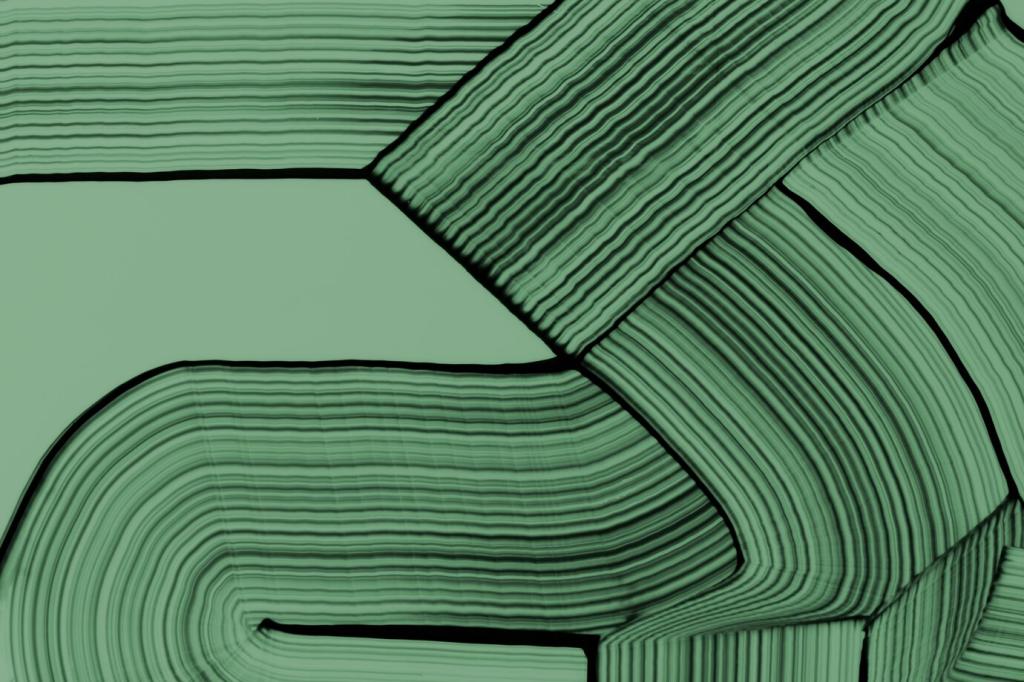Reducing Digital Carbon Footprint in Web Design
Understanding Digital Carbon Footprint
Every website incurs an energy cost, but the extent of its environmental impact is not always obvious. Whenever a user loads a web page, they initiate a series of energy-consuming processes on devices, networks, and servers around the globe. Larger files, unnecessary scripts, or sluggish hosting environments all amplify this impact, contributing to increased carbon emissions. Even attractive design elements can be wasteful if not optimized—large images, video backgrounds, and dense JavaScript are particular culprits. Thus, web designers must strike a careful balance between aesthetics and environmental responsibility, ensuring that digital experiences remain enjoyable while minimizing their ecological footprint.
Previous
Next
Strategies for Building Low-Impact Websites
Streamlining Code and Assets
One of the primary strategies in reducing digital emissions is to streamline both the underlying code and the assets displayed to users. Unused code, heavy frameworks, and redundant elements lead to bloated files and slower load times, demanding more energy from data centers and user devices. Designers should adopt lightweight frameworks, remove unnecessary scripts, and leverage modern coding standards for efficiency. Likewise, images and videos should be compressed and appropriately sized to reduce bandwidth usage. By consciously refining every aspect of code and asset delivery, web designers ensure their sites are as lean and energy-efficient as possible without sacrificing user experience.
Intelligent Media Optimization
Media files are usually the largest contributors to digital footprint on most websites. Intelligent optimization involves more than just compression: it includes selecting the right formats (such as next-generation image formats), lazy loading assets so they’re only downloaded when needed, and eliminating decorative media that does not add meaningful value. For video and audio, streaming technology should be used to avoid unnecessary preloading. Judicious use of color schemes and vector graphics further drives down the file sizes and energy demands. With a mindful approach to media, designers achieve remarkable efficiency gains and substantial reductions in resource consumption.
Choosing Green Web Hosting
The infrastructure powering websites is a vital, though less visible, component of digital emissions. Green web hosting providers prioritize renewable energy sources and optimized server technologies, leading to tangible reductions in carbon output. Designers can make a significant impact by selecting hosts committed to environmental responsibility, carbon offset programs, and energy-efficient data centers. Beyond immediate energy savings, these hosts often offer enhanced performance, contributing to faster user experiences. By aligning hosting choices with sustainability goals, designers power their websites with clean energy, aligning operations with the broader movement toward a greener web.
Challenges and Opportunities in Sustainable Web Design

Balancing Performance and Visual Appeal
Designers often face the dilemma of balancing visually appealing, feature-rich experiences with performance optimization. Stripped-down designs may not always fulfill creative intent or meet branding expectations, while heavily designed interfaces can bloat websites and consume excessive resources. Bridging this gap requires innovative thinking, such as modular design techniques that prioritize essential elements while ensuring scalability and flexibility. Responsive design, context-driven content, and progressive enhancement offer paths to delivering impactful user experiences without overshooting sustainability goals. Designers are challenged to rethink what constitutes “good design” in light of both aesthetics and ecological impact.

Managing Stakeholder Expectations
Stakeholder resistance can pose a hurdle in the journey toward sustainable web practices. Clients may be unaware of the environmental cost of digital products or hesitant to embrace simplicity over feature complexity. Overcoming this challenge involves effective communication and education—explaining the real-world consequences of digital emissions and articulating the tangible benefits of eco-friendly web design. Demonstrating improved performance, lower costs, and positive brand perception often helps align stakeholder aspirations with sustainability objectives. Designers who engage stakeholders early and build partnerships around shared values witness greater receptivity to green solutions.

Staying Ahead of Evolving Technology
Rapid innovation in web technologies is a double-edged sword for sustainability efforts. While new tools and frameworks continually emerge, not all are optimized for environmental efficiency, and keeping pace with best practices can be daunting. Designers must devote time to continuous learning, staying informed about greener coding standards, responsive frameworks, and emerging optimization techniques. This proactive approach is key to harnessing innovation for sustainability rather than inadvertently increasing emissions. Designers who remain agile and informed position themselves to capitalize on new opportunities that drive both performance and environmental responsibility.
